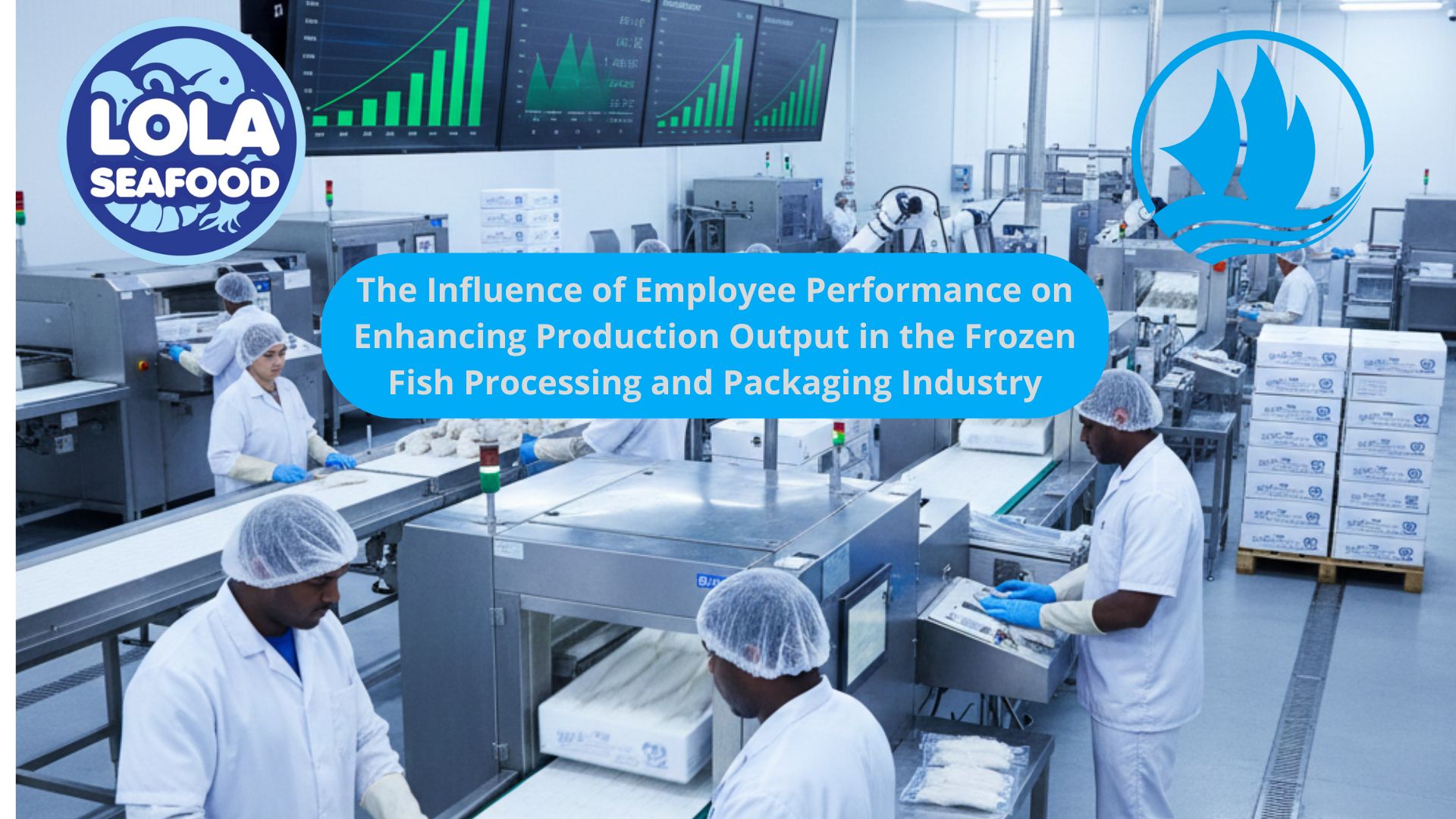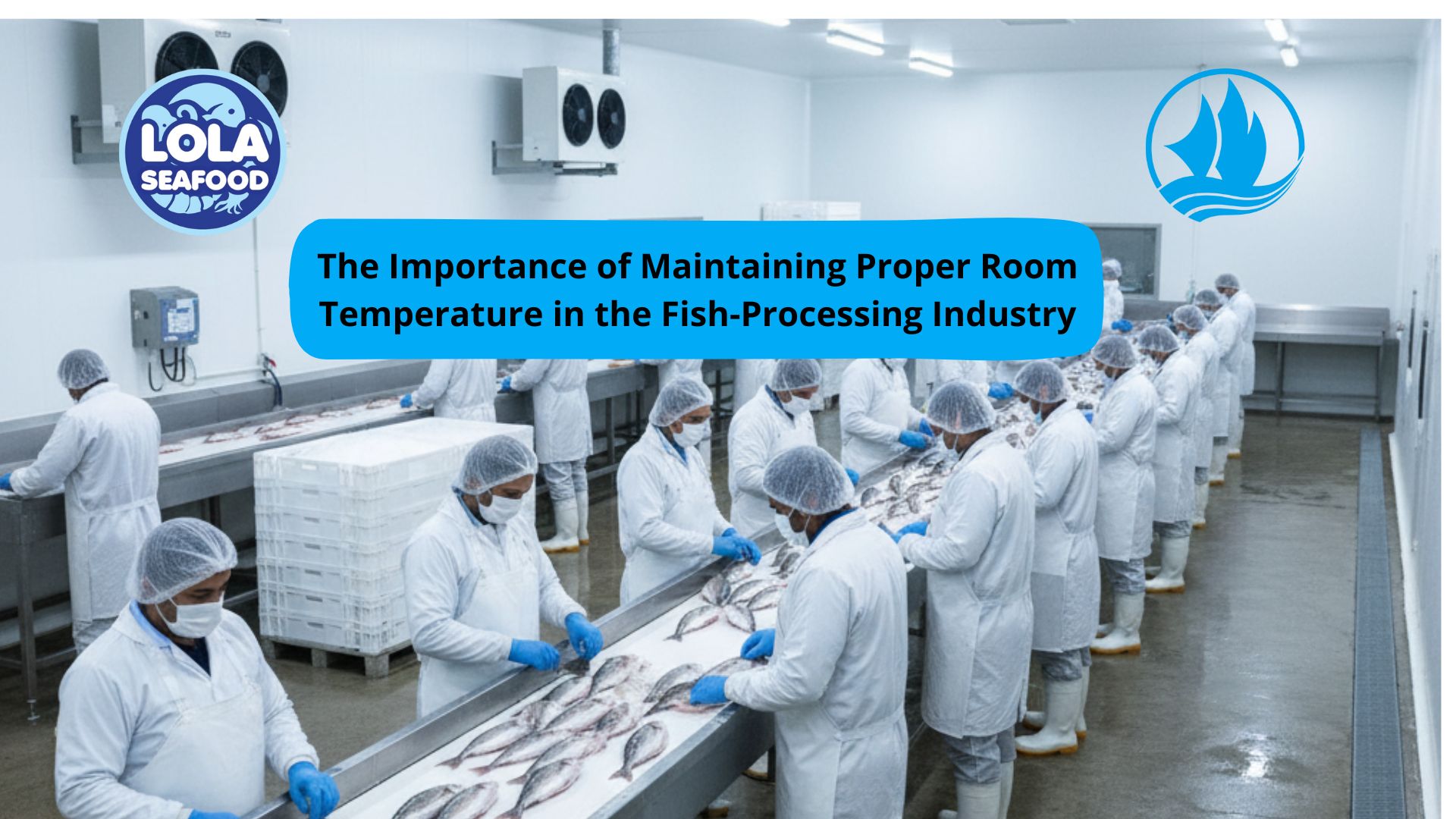Katsuobushi and Beyond: Exploring the Cultural Heritage of Bonito Processing
By. Lutfi - 11 Sep 2025.jpg)
Kelolalaut.com When we talk about bonito (commonly referred to as tongkol in Indonesia and katsuo in Japan), most people think of it simply as a source of protein. However, this humble fish has played a far greater role in shaping food traditions, cultural identity, and culinary innovation, especially in East Asia. One of the most iconic products derived from bonito is katsuobushi—dried, fermented, and smoked bonito that has been used in Japanese cuisine for centuries. But the story of bonito processing extends far beyond katsuobushi, touching on heritage, sustainability, and modern applications.
The Origins of Katsuobushi
Katsuobushi has a history that dates back over 500 years in Japan. The process involves boiling bonito fillets, smoking them repeatedly over several weeks, and allowing them to ferment with beneficial mold (Aspergillus glaucus). The result is an extremely hard, wood-like block of dried fish, often shaved into thin flakes known as kezuribushi.
These flakes are the foundation of dashi, a traditional broth that underpins countless Japanese dishes, from miso soup to ramen. The deep umami flavor comes from compounds like inosinic acid, discovered in katsuobushi long before the term “umami” was scientifically recognized. This makes bonito not just food, but also a key to understanding the science of taste.
Cultural Significance
Beyond its culinary use, katsuobushi holds symbolic and cultural value in Japan. For centuries, it has been offered at shrines as a form of respect and gratitude to the gods. In weddings and celebrations, bonito flakes have also symbolized strength and longevity, since the fish itself is known for swimming long distances in the ocean.
Moreover, the craftsmanship behind katsuobushi production is considered an intangible cultural heritage. Artisans, often from families who have preserved the tradition for generations, carefully manage the smoking and fermentation process—a skill that requires patience, experience, and dedication.
Bonito Processing Beyond Japan
While katsuobushi is perhaps the most famous bonito product, other regions have their own ways of processing this versatile fish.
- Indonesia and Southeast Asia: Tongkol is often dried or salted, becoming an essential ingredient in dishes like ikan asin or sambal tongkol. These preservation techniques allowed coastal communities to store fish for long journeys and trading.
- Philippines: Bonito is smoked or sun-dried, then used in local soups and stews.
- Mediterranean Countries: In Spain, bonito del norte (white tuna, often confused with bonito) is canned in olive oil, representing a different preservation tradition.
These examples show how different cultures found unique methods to extend the shelf life of bonito while enhancing its flavor.
Modern Innovations in Bonito Processing
Today, bonito processing is not only about tradition but also about science and innovation. Researchers are exploring ways to extract collagen, peptides, and fish oil from bonito by-products, turning what was once waste into valuable supplements for health and beauty industries.
At the same time, food technologists are experimenting with freeze-drying, vacuum packing, and cold plasma technology to preserve bonito without compromising its flavor or nutrition. These methods aim to meet global demand while ensuring food safety and sustainability.
Sustainability Challenges
As global appetite for bonito grows, sustainability becomes a pressing issue. Bonito is a migratory species, and overfishing could threaten both ecosystems and cultural traditions. Japan, Indonesia, and other major fishing nations are now focusing on sustainable catch quotas, eco-label certifications, and traceability systems to ensure that bonito remains available for future generations.
From the smoky aroma of katsuobushi to the humble dried tongkol found in Indonesian kitchens, bonito has carved a unique place in human culture. It is more than a fish—it is a link between tradition and modern science, between cultural heritage and global innovation. As the world moves forward, the challenge is to preserve this rich legacy while embracing new technologies and sustainable practices.
Katsuobushi and beyond, the story of bonito is a reminder that food is not only about taste, but also about history, identity, and the future of our planet.
If youre interested in our Bonito Whole Round , Bonito Fillet Portion Cut and Bonito Fillet Loin please do not hesitate to contact us through email and/or Whatsapp




.jpg)

.jpg)

.jpg)